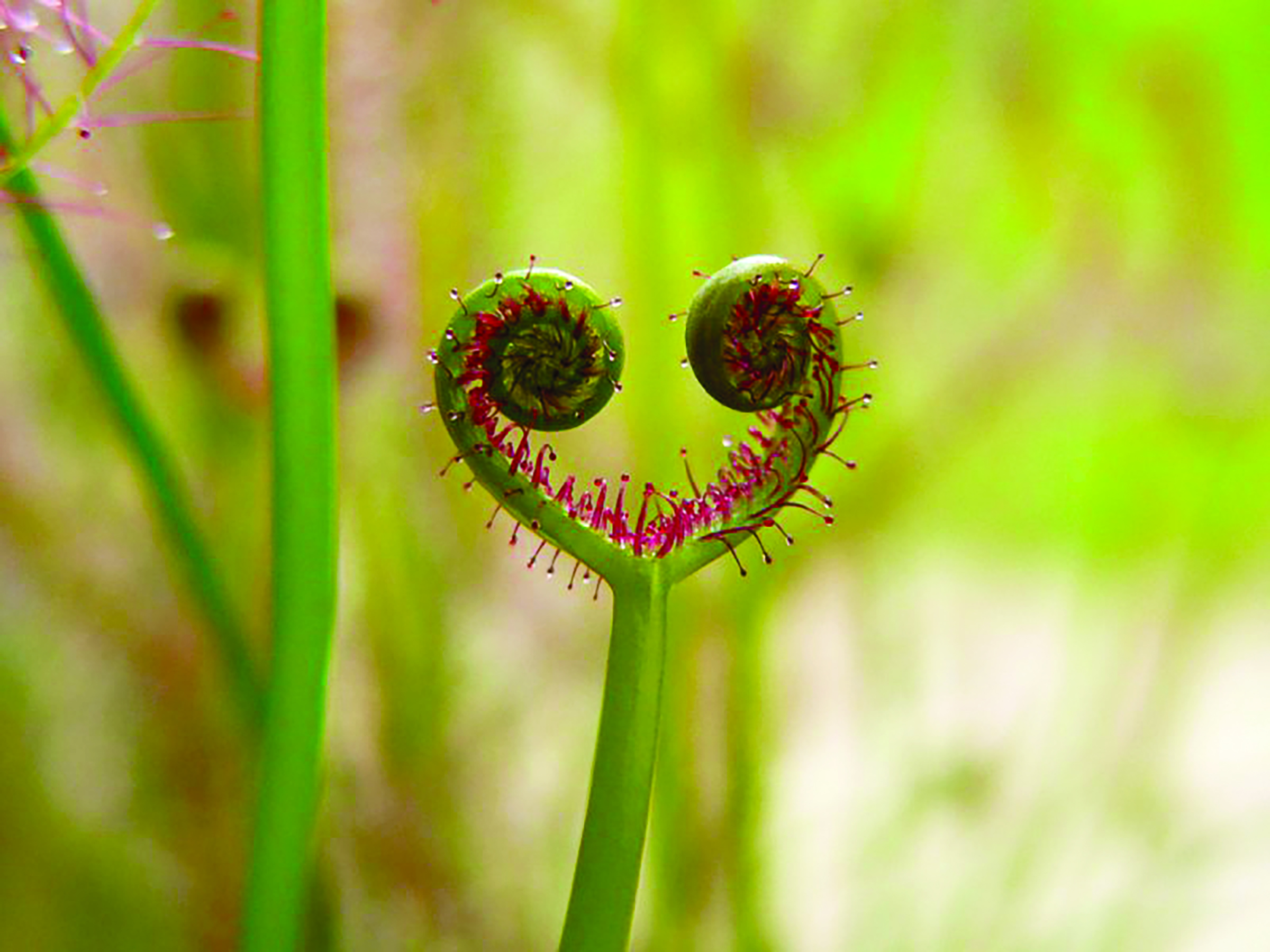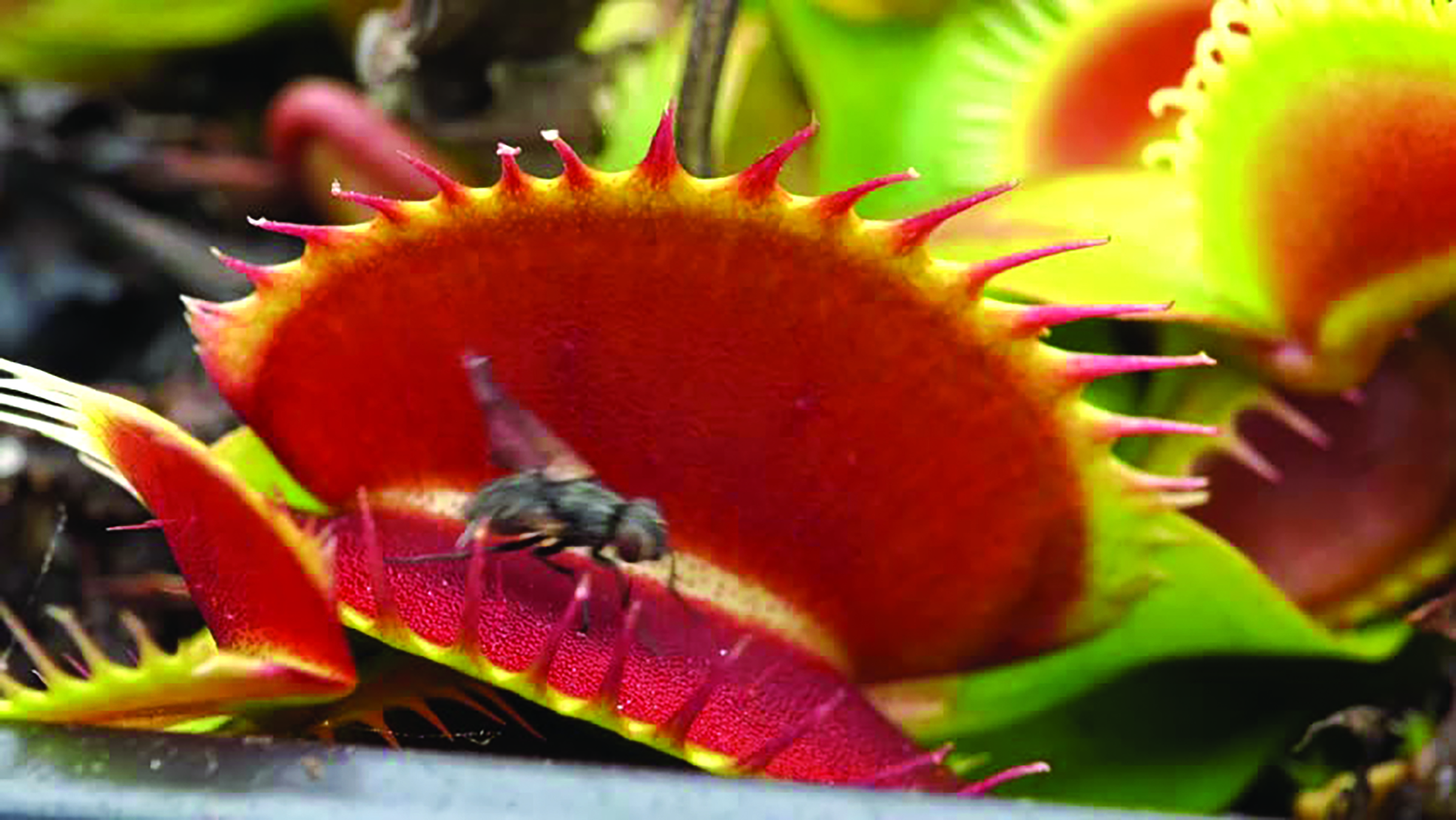Carnivorous Plants!
Some of my favorite plants are not trees, or fruit bearing bushes. They are not plants you would see in just any front yard, or in the window of a house. Most of these plants would not be considered to be particularly pretty. They are not easy to grow and to be just plain honest they are weird. Yes I said it. My favorite plants are weird but maybe that is why I like them. Strange, unusual, different or bizarre things fascinate me. Carnivorous plants definitely make the top 20 of the weird and bizarre list of things that fascinate me.
We know that plants get their nutrients from the soil they are planted in, right? Well, not necessarily. Some plants grow in biomes, like swamps, waterways, and dark forests that do not have many nutrients available for them. Some plants simply couldn’t survive the lack of food becoming extinct while others found they could adapt and thrive. This adaptation allows the plants to eat meat to get the nutrients needed to live. These plants eat insects, small rodents, amphibians and reptiles. There are more than 600 different carnivorous plants that have been identified. The list includes the Venus Fly Trap, The Pitcher Plant, Butterwort, Australian Sundew, The Monkey Cup and the Cobra Lily.
Carnivorous plants live all over the world and in a variety of biomes. The Venus Flytrap is native to North and South Carolina in the United States of America. The waterwheel plant grows in boggy water holes in Asia, Australia and Europe. The Monkey Cup is native to the tropical regions of Asia. The Monkey Cup is really a type of pitcher plant. The name doesn’t mean the plant looks like a monkey. It got that name because some monkeys have learned to collect water in them. This adaptation for the monkeys means they have a water source without leaving the trees and forested areas they live in. The Cobra Lily grows in the forests of Northern California and Oregon. It is a type of pitcher plant but its shape makes it look like a cobra.

I am not the only one fascinated by these plants. Ever since Charles Darwin studied these plants more than 150 years ago, scientists have conducted endless hours of research on them. Each of these plants has individual traits that set it apart from other carnivorous plants. From the way they smell, the nectar they produce and the way they digest their food, each is unique in its own way. Some plants are very fragile and their diet consists of microscopic organisms. Other plants are hardy and consume larger prey like lizards and mice.

My all time favorite carnivorous plant is the venus fly trap. I am not the only person who feels this way and because of this the fly trap is considered a vulnerable plant. This is because too many people have dug the plants up to grow themselves or sell. This isn't the only hazard of wanting to buy something unusual. The waterwheel is disappearing in its native habitat but has been introduced to other places and is considered an invasive species. These plants evolved over millions of years and are now threatened with extinction because of human intervention. Weird or not, these plants have their place in the ecosystem and need our protection.



